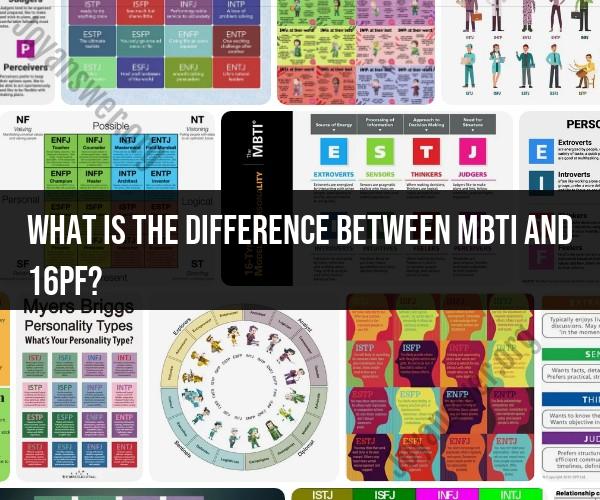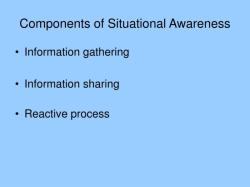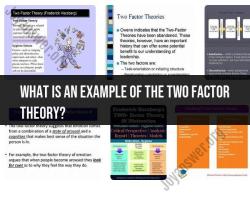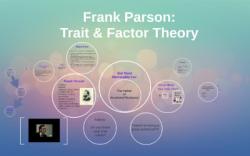What is the difference between MBTI and 16PF?
The Myers-Briggs Type Indicator (MBTI) and the 16 Personality Factors (16PF) are both popular personality assessment tools, but they have significant differences in terms of their underlying theories, purposes, and the way they categorize and measure personality traits. Here's a comprehensive look at the differences between MBTI and 16PF:
1. Underlying Theories:
- MBTI: MBTI is based on the typological theory of personality proposed by Isabel Briggs Myers and Katharine Cook Briggs. It categorizes individuals into one of 16 personality types based on four dichotomies: extraversion vs. introversion, sensing vs. intuition, thinking vs. feeling, and judging vs. perceiving.
- 16PF: The 16PF, developed by Raymond Cattell, is grounded in the trait theory of personality. It identifies and measures 16 primary personality factors, each representing a specific dimension of personality.
2. Number of Factors:
- MBTI: MBTI categorizes individuals into one of 16 personality types, which are based on combinations of the four dichotomies mentioned above.
- 16PF: The 16PF assesses and measures 16 personality factors, providing a more detailed and nuanced view of an individual's personality.
3. Nature of Dimensions:
- MBTI: MBTI uses dichotomous dimensions, meaning that individuals are categorized as either one or the other in each of the four dimensions. For example, someone is either extraverted or introverted.
- 16PF: The 16PF uses continuous dimensions, which means that individuals are rated on a scale for each of the 16 personality factors. This allows for a wider range of variation within each factor.
4. Purpose:
- MBTI: MBTI is often used for personal development, team building, and improving communication and understanding among individuals. It focuses on helping individuals understand their own preferences and those of others.
- 16PF: The 16PF is used for a variety of purposes, including psychological assessment, career counseling, personnel selection, and research into personality. It provides a more comprehensive and detailed assessment of an individual's personality traits.
5. Psychometric Properties:
- MBTI: The MBTI has faced criticism for its lack of reliability and validity as a scientific measure of personality. It is often seen as a tool for self-awareness and personal development rather than a precise psychological assessment.
- 16PF: The 16PF has a stronger foundation in psychometric research and is considered to be more reliable and valid as a personality assessment tool. It has been used in various psychological studies and has demonstrated good psychometric properties.
6. Popularity:
- MBTI: The MBTI is widely popular in the business and self-help sectors and is used by many organizations for team-building and personal development.
- 16PF: The 16PF is more commonly used in clinical psychology, counseling, and research settings. It is less known among the general public but is highly regarded in the field of psychology.
In summary, while both the MBTI and 16PF are used to assess personality, they differ significantly in their underlying theories, the number and nature of dimensions they measure, their purposes, and their psychometric properties. The MBTI focuses on personality types and preferences, while the 16PF provides a more detailed assessment of personality traits based on a continuous scale. The choice between the two depends on the specific goals and needs of the assessment.













